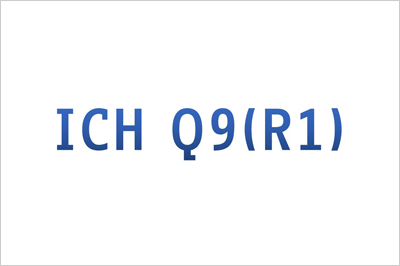The aim and purpose of a GMP risk analysis is to identify those deviations that occur in connection with the design, execution and operation of a technical system or a process and can have a negative impact on systems, processes and patients. The resulting risks are to be discussed and evaluated in order to find measures to avoid or reduce them.
Depending on the particular product manufactured, which may be a human or veterinary drug, the technical system used and the associated process, it is necessary to determine what "critical" or "less critical" and what "rare" or "frequent" occurrence means and how the probability of detection is assessed.
The more concrete the respective definitions of criticality are, the clearer the classification of risks will be later on. Several causes, which may lead to the same defect and the same defect sequence, therefore all have the same significance, but different probabilities of occurrence and thus ultimately different risk assessments.
As early as August 2002, the FDA focused on the risk-based approach in its initiative "Pharmaceutical cGMP for the 21 century". The aim was to place almost all processes in the pharmaceutical industry under the focus of risk management. Risk management is just as important in ICH Guideline Q9 as it is, for example, in the ISPE Baselines on Commissioning and Qualification.
Peter Bappert, Managing Director of gempex, and Dr. Martin Melzer, Principal Consultant of gempex, will speak on these topics at the CONCEPT Course
ICH Q9 - Risk analyses in practice
April 20-21, Mannheim.
In addition to the basics of risk analysis, various methods for this are explained and their practicality is presented in case studies.
The presentations show how a risk management system should be implemented. The procedure using an FMEA, the Failure Mode and Effects Analysis, is shown. HACCP, a tool commonly used in active ingredient production, will be explained. HACCP stands for "Hazard Analysis Critical Control Points", which is a hazard analysis to identify and control "critical control points". Control is to be seen in the sense of "to direct" or "to master".
Participants will gain deep insight into the demanding practice of risk management in quality assurance, learn about the most important tools and learn in workshops how to use them.
Further information is available on the website of the organizer Concept Heidelberg under the keyword ICH Q9 Risk Analyses in Practice.
The gempex team of experts is available for questions on the subject of ICH Q9 (R1) via contact@gempex.com.
This might interest you as well:
GMP Risk Management - Risk Analysis

